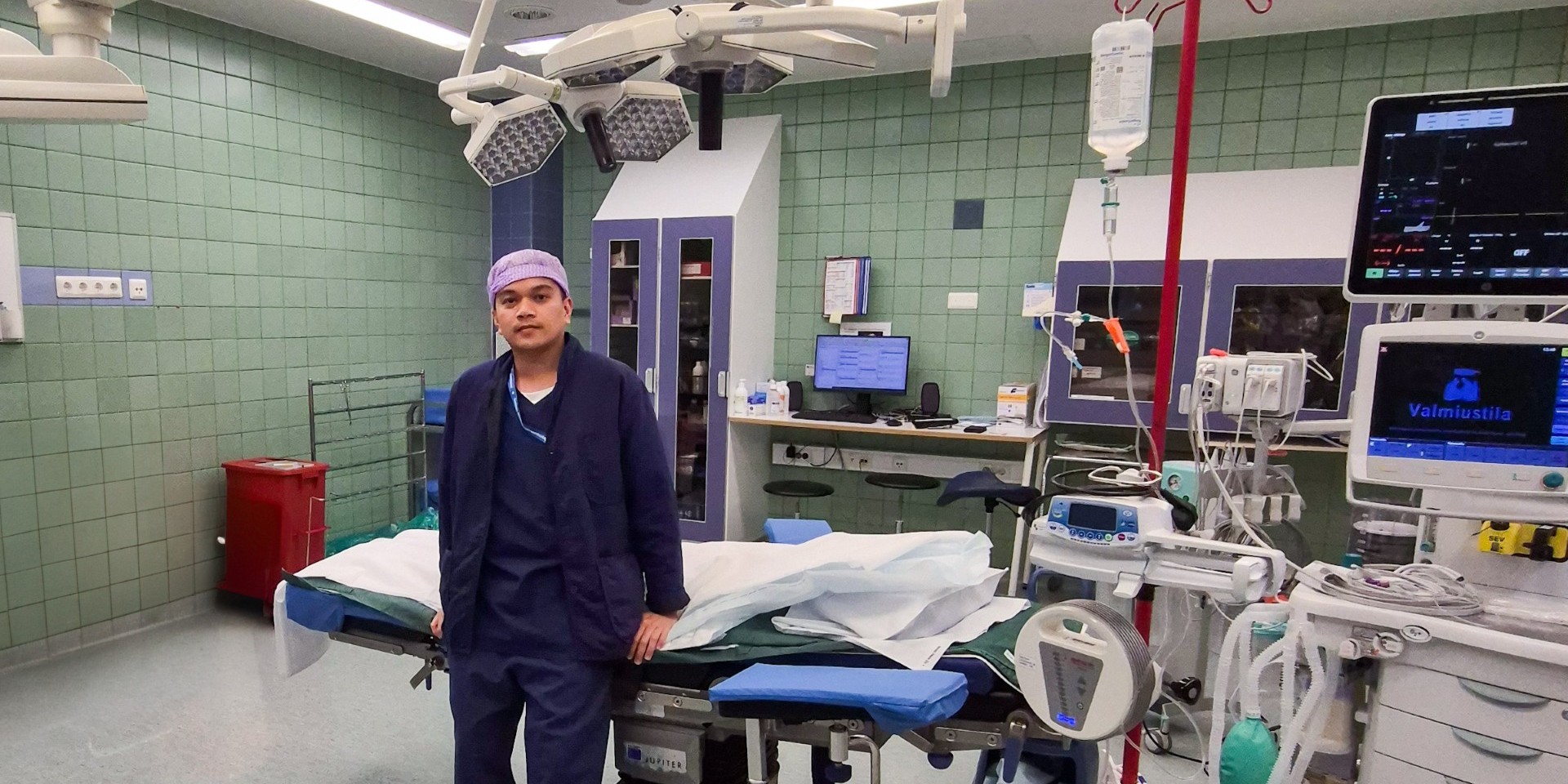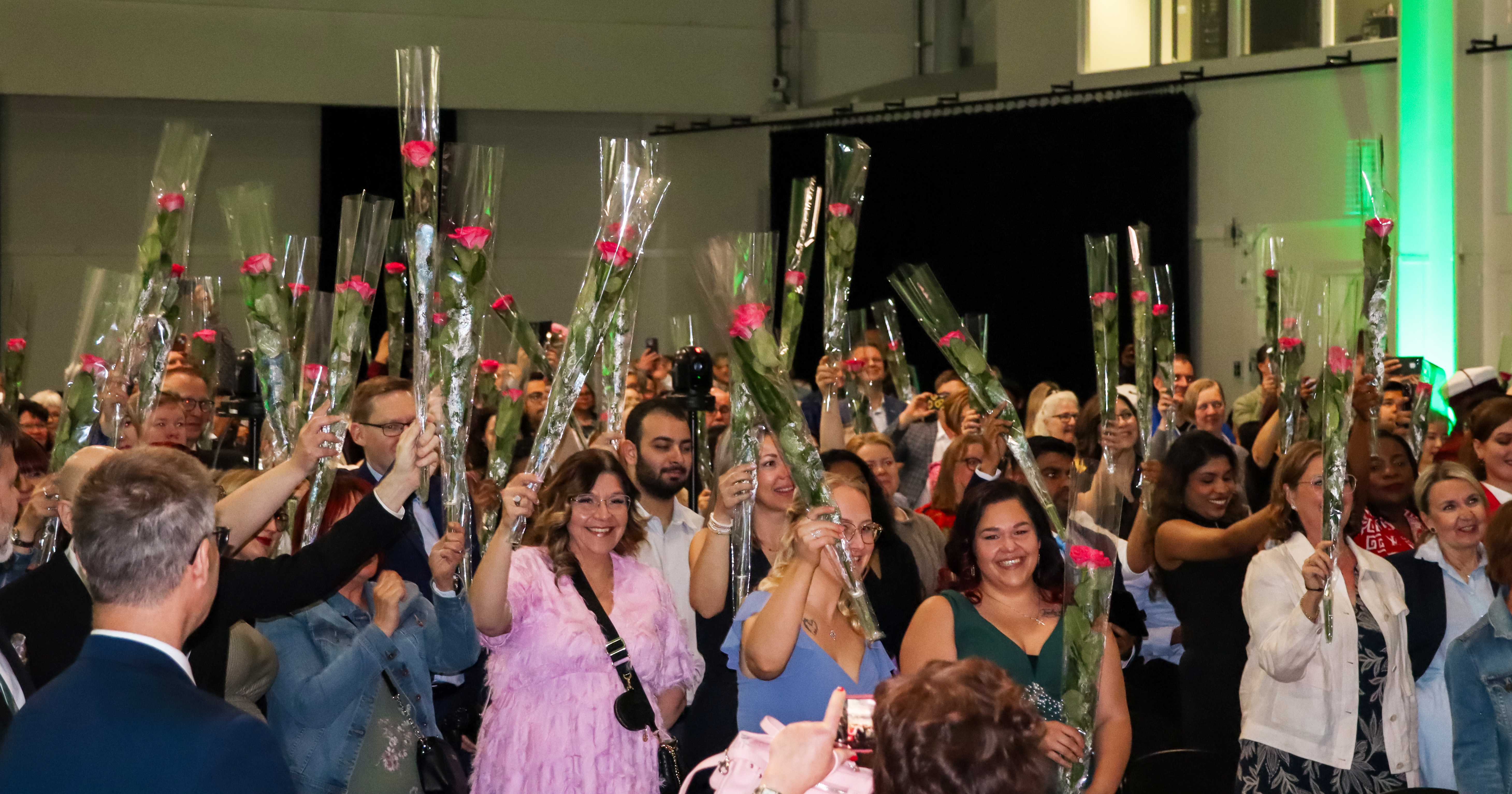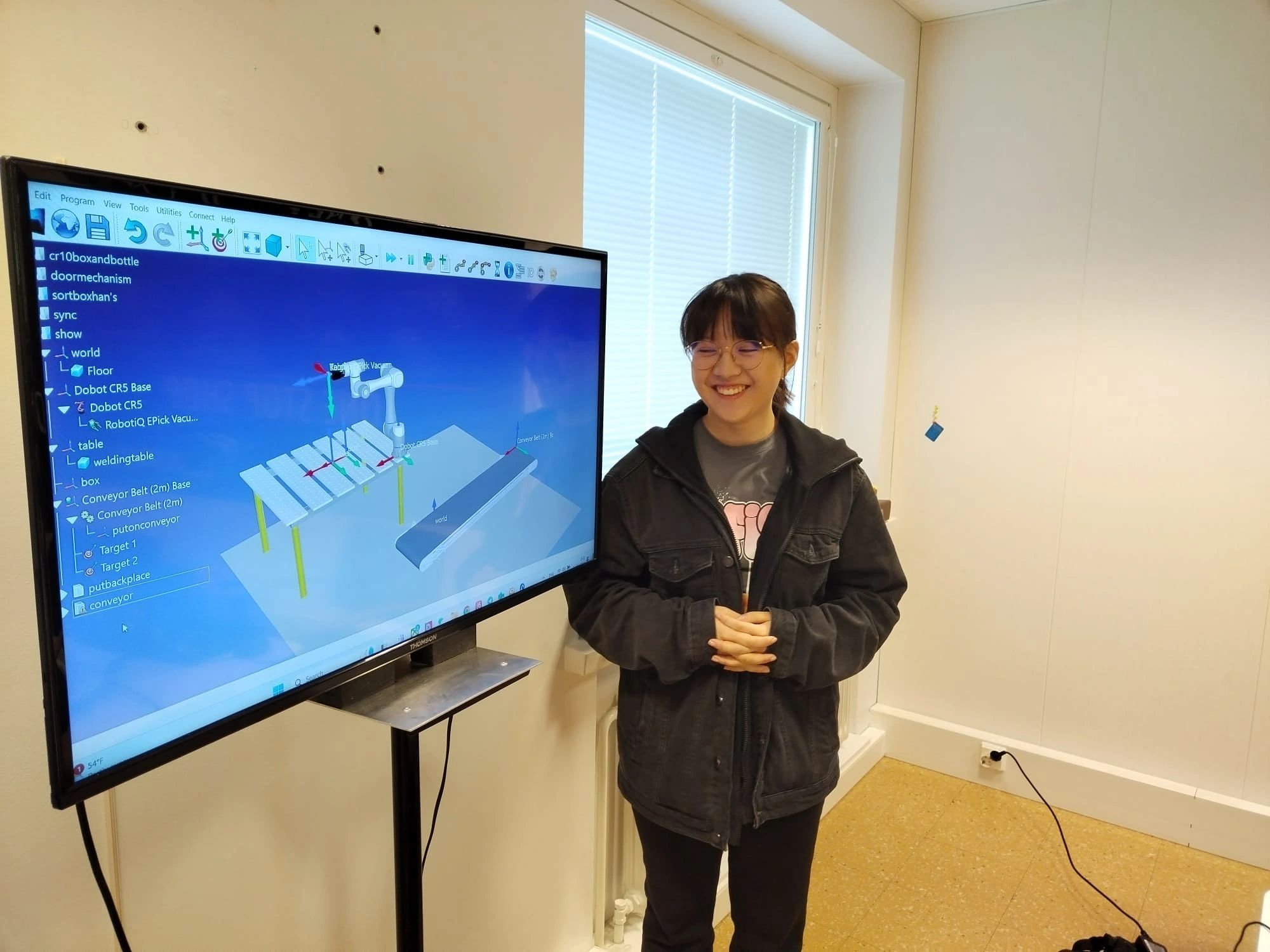Towards the Hospital of the Future
The piloting of Satasairaala (Satakunta Cenral Hospital) and SAMK testbed functions is launched by a mobile robot experiment driven by the needs of Satasairaala. The experiment includes testing the applicability of a robot in a requested, customer-specific medicine order.
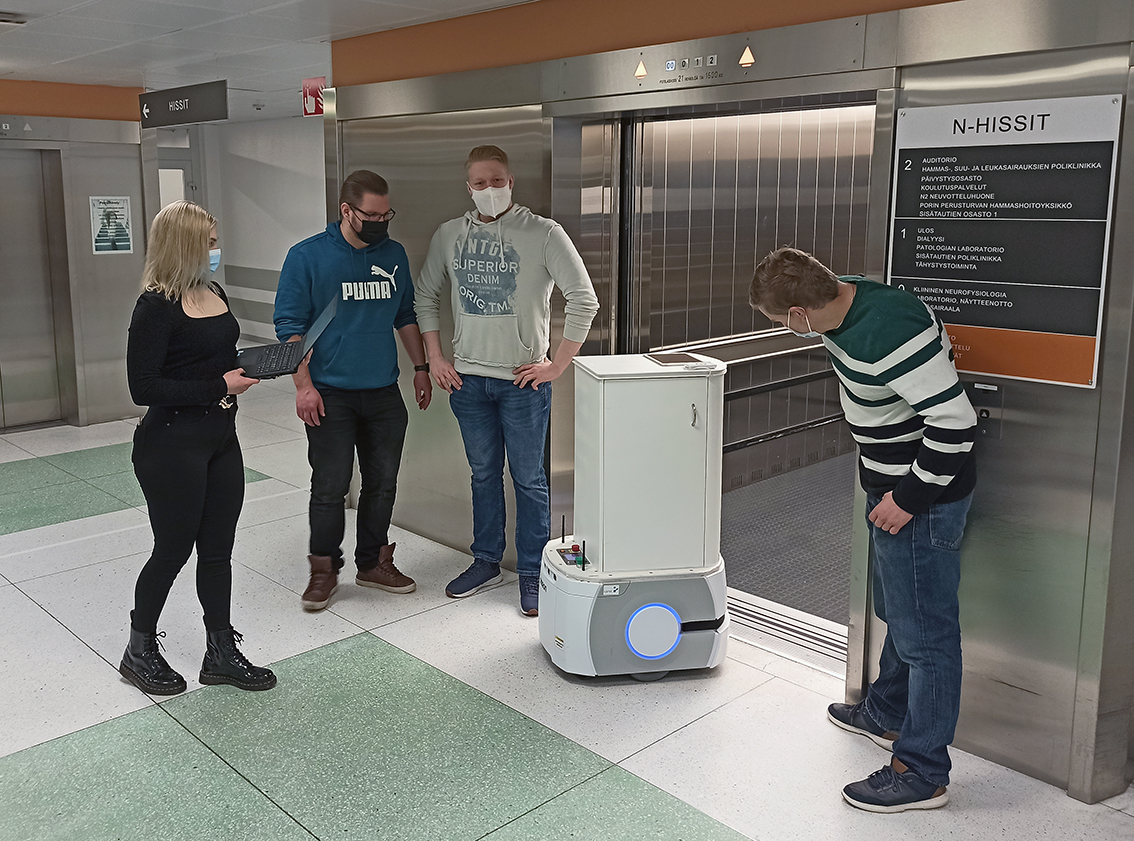
The lack of WiFi network prevents the remote monitoring of the mobile robot in the demo situation, so this time full automation is just a dream. In addition, manual assurance is needed when the robot enters or exits a lift. The goal of the demo was to have an evaluation of the duration of the robot´s medicine delivery, the optimal route and information about the possible problem areas during the route, and all of this was successfully conducted.
Regional testbed functioning is built in the region of Satakunta with participants from different educational institutions, municipalities, Satasairaala and Prizztech Ltd, a business development company. The mobile robot experiment is carried out to test the functionality of the testbed model and at the same time implement one of the goals of the project, i.e. incorporating students in working life-oriented projects.
– The asset of SAMK in the testbed network is a strong support of students and projects, which can be utilized, reminds project manager Anu Holm.
Testbed functioning is being built also inside SAMK and the wish to increase the awareness of the functioning is the target. In the future, the testbed of SAMK and Satasairaala will function as a part of the regional social services and health care cooperation testbed network, and it will serve projects, researchers and enterprises as well as combine students and employers.
A step towards something new
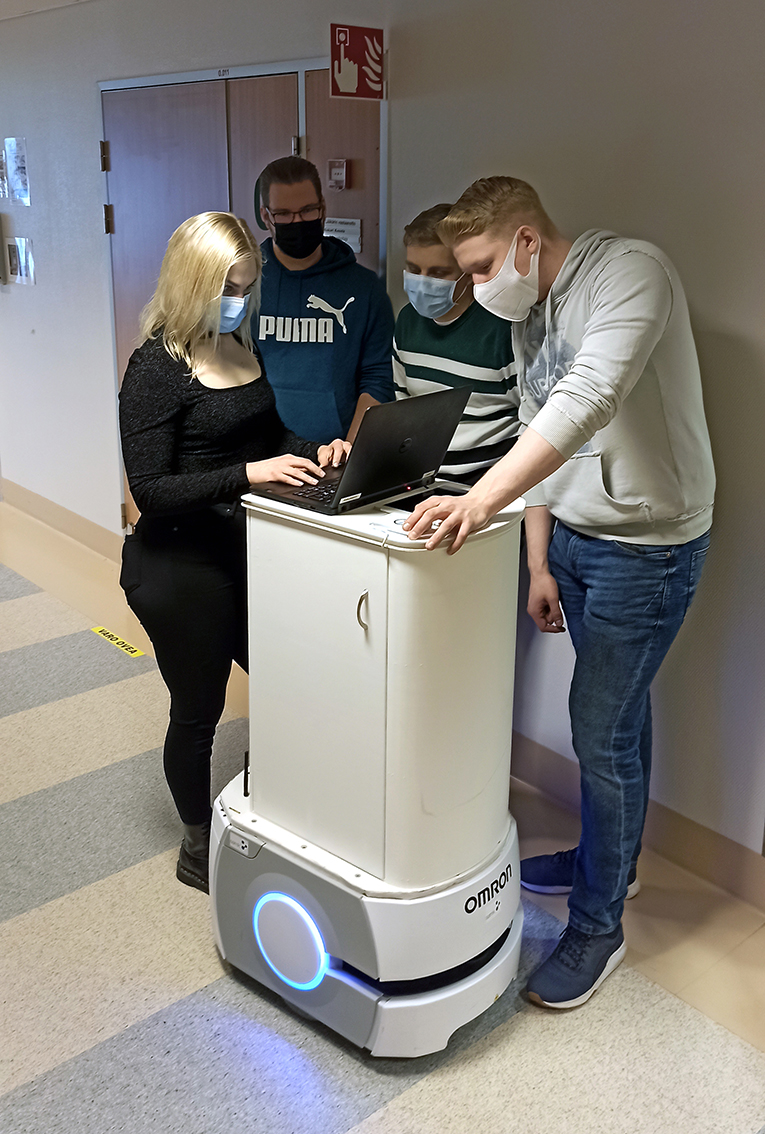
The pilot project started when the purchasing and logistics unit of Satasairaala informed about their need and interest in robotizing logistics. It is of special interest to find out what kind of tasks a mobile robot could perform at a hospital, and how the automation of one function affects the functioning of the whole unit.
The earlier pilots have been carried out from the perspective of external companies and in relation to their products and their suitability in the hospital environment. Now the starting point is the hospital´s own need.
– It is important to have experiments at the hospital´s own facilities, because increasing robotics in the future affects not only the functioning of the unit but also the design of hospital premises and competence needs, Holm reminds us.
Autonomous medicine delivery
The concrete nature of the mobile robot experiment made it a suitable pilot to implement together with Robotics Academy students. Students Meeri Simberg, Pietari Pulkkinen, Andre Torm and Toni Seessalo practiced programming and driving the mobile robot first at SAMK campus and they were also responsible for the implementation of the demo at Satasairaala. Project researcher Santeri Saari guided the students.
– The experiment succeeded well. The large premises and the number of doors set challenges. One of the most important observations was that the full automation of a mobile robot at hospital facilities requires an integrated network with electric doors, Saari describes the experiences of demo days.
After the technical implementation, the emphasis of the project is focused on evaluating the effects of medicine deliveries on the whole operational chain from the perspective of Satasairaala personnel, all the way from order to producing medicines and logistics. Then, it is possible to analyze the cost-efficiency of the potential purchase.
The legislative issues of medicine delivery still need to solved.
– Reliability is important, so one of the most significant matters is always to know where the delivery is at any given moment, Holm remarks.
For more information:
Anu Holm, Head of Artificial Intelligence Research Group
tel. 044 710 3148
anu.holm@samk.fi
